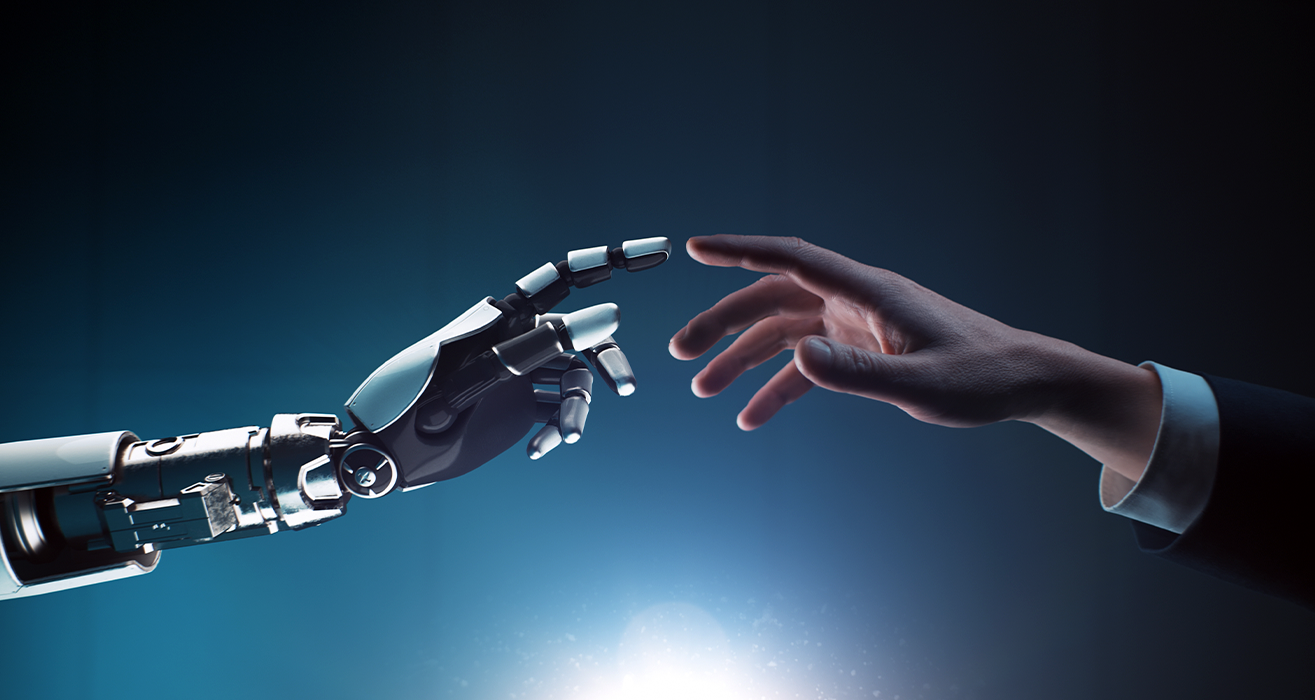After the leaps and bounds AI art has made in recent years, glimpses of AI animation are also starting to show. But despite AI’s powerful ability to instantly generate human-looking artwork, it still cannot comprehend the reasoning behind artistic choices. Because of this, animation fundamentals such as timing, anticipation, follow-through, and overlapping are wholly overlooked, resulting in unclear movement and lack of impact. For AI animation to reach the standard of quality people expect, what’s needed is guidance from professionals who understand the “why” behind it. Through collaboration, both animators and AI can reach their full potential.
Polish
One way in which animators can collaborate with AI is through applying finishing touches. NVIDIA’s Maxine Tracking, which integrates technology such as retracking eye contact, is an excellent example of how video can be enhanced through AI. Though this tool is primarily focused towards clarifying video meetings by removing noise and blurring backgrounds, the same technology could be applied to broadcast-quality animation – giving animators the ability to apply small touches that would’ve been time-consuming to edit manually.

Brainstorming
Major fashion companies such as ASOS and Adidas have already started to incorporate AI into their apps, giving customers a more streamlined shopping experience. Through “virtual fitting rooms”, shoppers can instantly try on different outfits, saving time, travel costs, and giving fashion designer’s a better chance of their art being seen. With how fast AI can generate images, animators can similarly “try things out” before committing to a finished product. Brainstorming can then become a much clearer and creative process by quickly materializing ideas while they remain fresh.
Productivity
Accelerating tedious tasks can also be achieved through AI, and the interpolation software Cacani is already a helpful AI tool under many animators’ belts. The software works by taking key frames an animator has created, and then filling in the gaps with AI generated ones, creating smooth, fluid animation that can then be tweaked to add further clarity.

With this interpolation technology now available, many people have plugged in scenes from animated movies and increased their frame rate to see how they’d look at 60fps instead of the standard 24fps. For fun, this trend is harmless. But when it comes to professional animation, boosting the frame rate can be a hinderance. By removing animation fundamentals such as timing and anticipation, the impact and clarity of movement is lost, especially when it comes to action-packed sequences. This is one reason why AI cannot do all the work on its own, as it lacks intent. Creative choices like holding onto frames, which the animators behind Into the Spider-Verse used to replicate a comic book style, are missed when AI is just used to create something “good enough”. Only when AI is backed by human creativity can it reach its full potential, and by collaborating with it, artists and animators can reach their full potential too.
If you would like to learn more about how animators can collaborate with AI, contact us at hello@shootyou.com.



